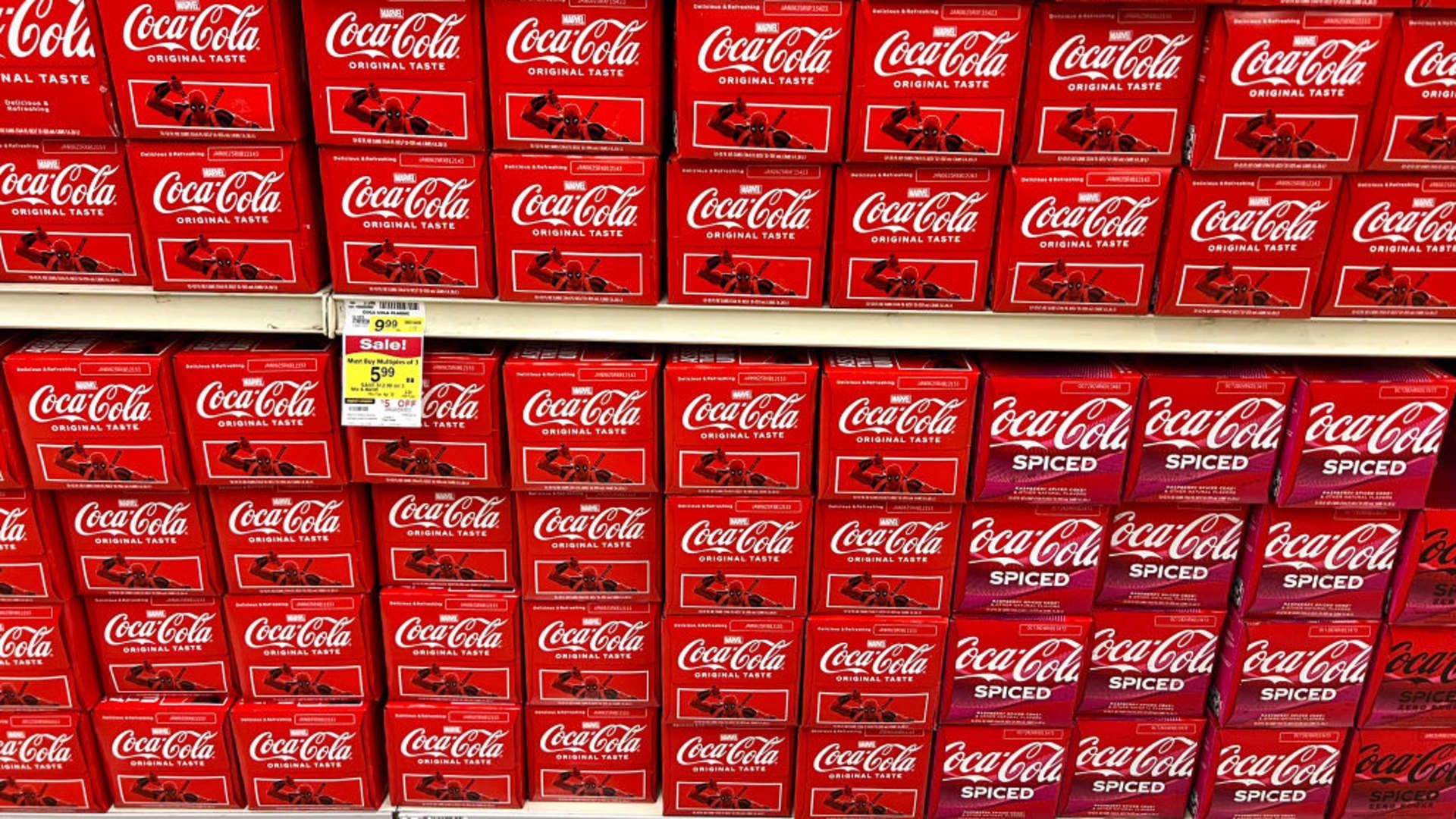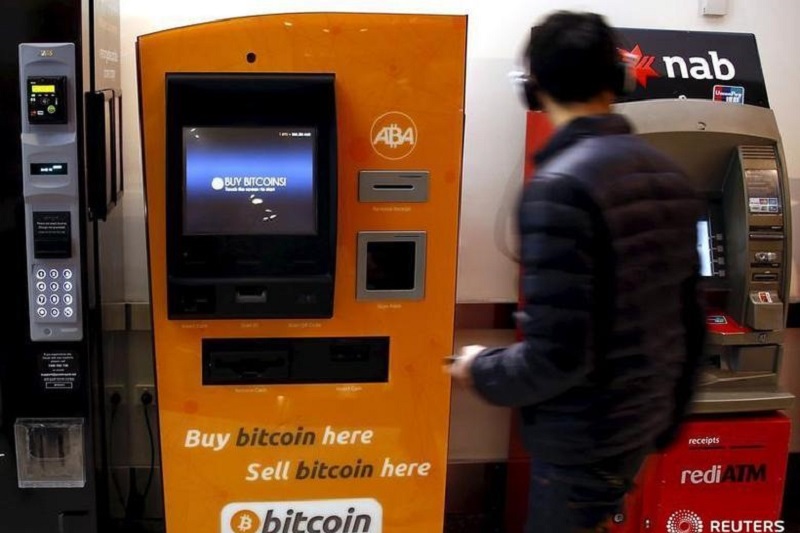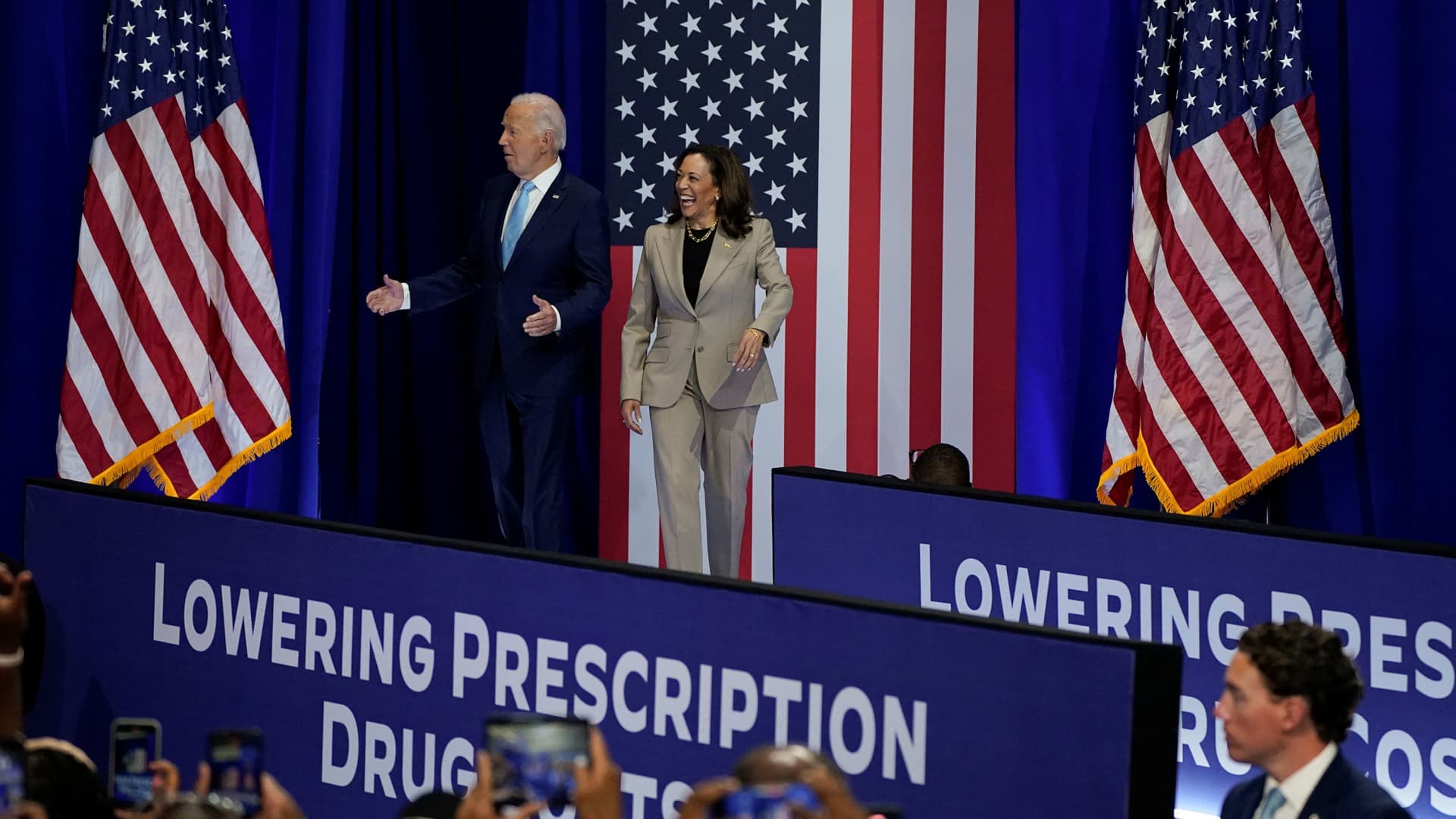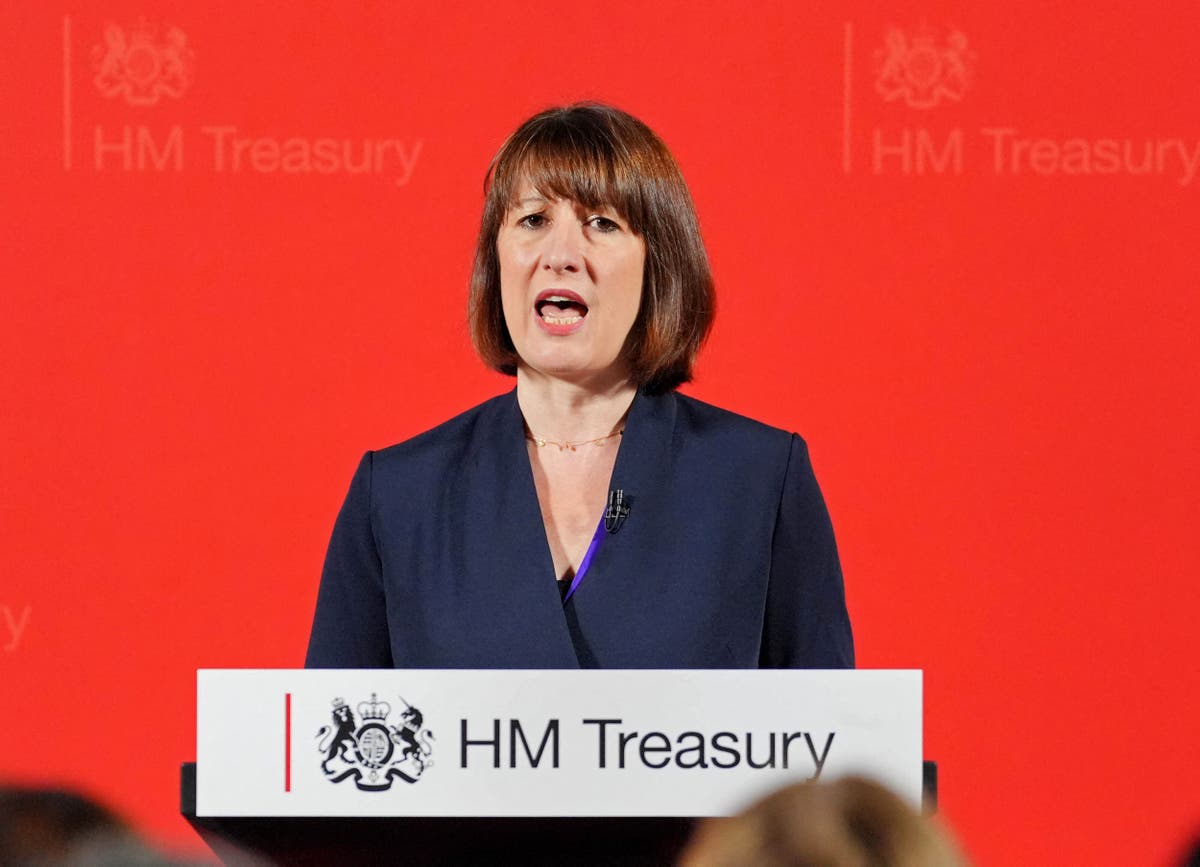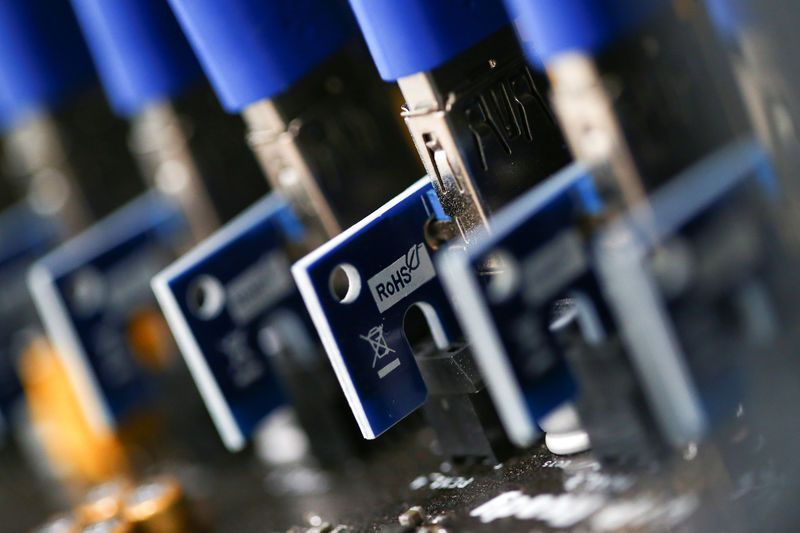Coca Cola On Tuesday, it raised its full-year outlook as global demand for its beverages rose in the second quarter.
For 2024, Coca-Cola now expects organic revenue growth of 9% to 10%, up from its previous guidance of 8% to 9%. The company also raised its comparable earnings growth forecast to a range of 5% to 6% from a previous range of 4% to 5%.
The company's shares rose about 1% in premarket trading.
Here's what the company reported compared to what Wall Street expected, according to a survey of analysts by LSEG:
- Earnings per share: 84 cents adjusted vs. 81 cents expected
- Revenue: $12.36 billion vs. $11.76 billion forecast
Coca-Cola reported second-quarter net income attributable to shareholders of $2.41 billion, or 56 cents per share, down from $2.55 billion, or 59 cents per share, a year earlier.
Excluding restructuring costs, charges related to the value of its Fairlife milk brand and other items, the beverage giant earned 84 cents per share.
Net sales Revenue increased 3% to $12.36 billion. Organic revenue, which excludes acquisitions, divestitures and foreign exchange, increased 15% in the quarter.
Coca-Cola’s unit case volume increased 2% during the quarter, helped by its international markets. The metric removes the impact of pricing and currencies to reflect demand.
But in North America, volume fell 1% during the quarter. Coca-Cola said volume in North America declined for its water, sports drinks, coffee, tea, trademarked Coca-Cola and other sparkling beverage brands, offsetting growth in its juice, dairy and plant-based beverages. PepsiCo It was reported earlier this month that US consumption has weakened, affecting demand for its own beverages and snacks.
Coca-Cola's sparkling beverage division, which includes its namesake soda, saw global volumes rise 3%, thanks to strong demand in the Asia Pacific and Latin America regions. Its juice, dairy and vegetable drinks business reported volume growth of 2%. And the water, sports, coffee and tea division posted stable volumes, affected by declining demand for bottled water and falling sales of Costa coffee in the UK.
Overall Coca-Cola prices rose 9% compared with the same period last year, but about half of that came from hyperinflation in certain markets, such as Argentina.
For the third quarter, Coca-Cola expects the exchange rate to impact its results again. The company expects an adverse effect of 4% on comparable net sales and 8% on comparable earnings per share.

